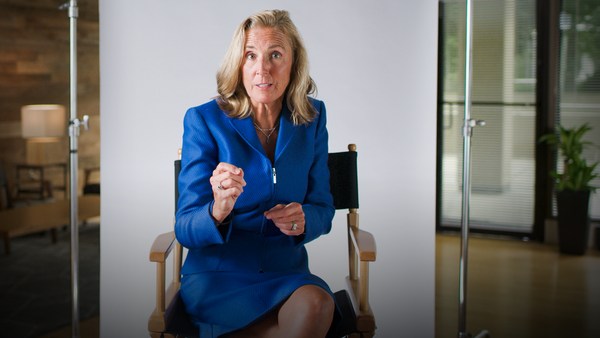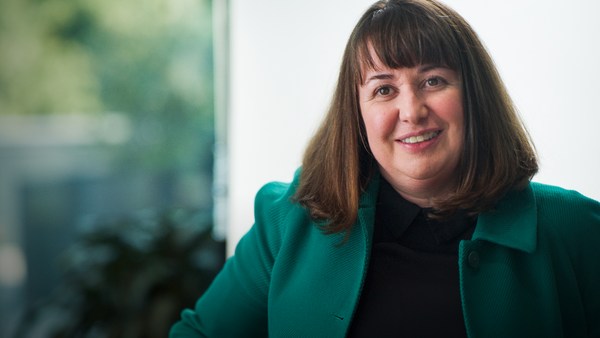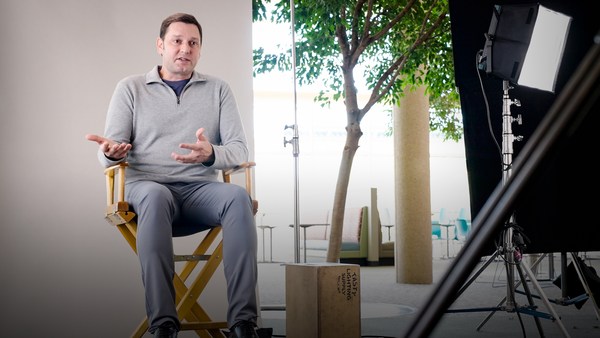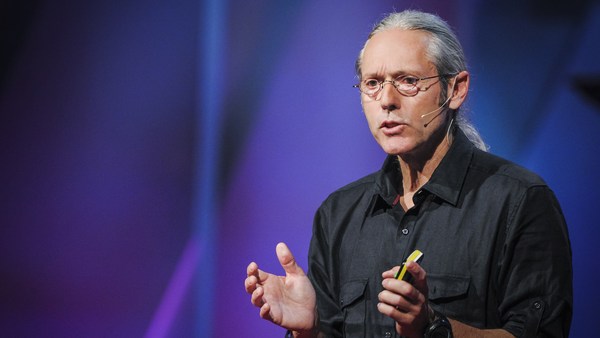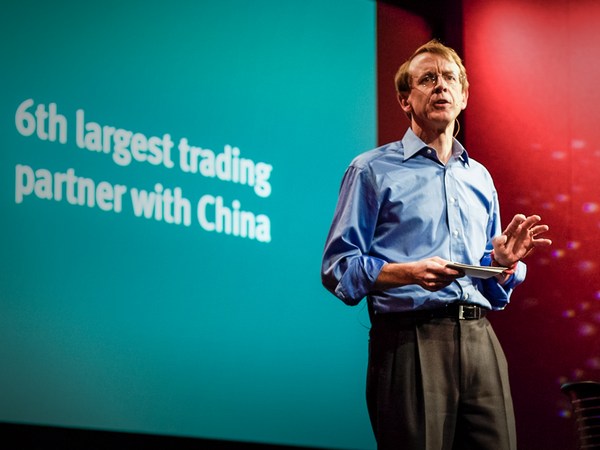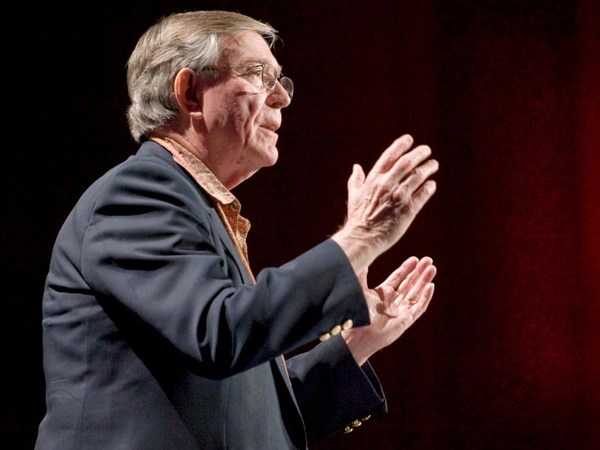The supply chain, freight, transportation, logistics, it's a trillion dollars a year. This is hundreds of thousands, millions of loads of freight that are moving throughout the United States every year. In terms of source of emissions of greenhouse gases, it’s a massive producer.
[In The Green: The Business of Climate Action]
[Presented by: TED Countdown The Climate Pledge]
[Oren Zaslansky Company: Flock Freight] [Sector: Logistics, Location: USA]
The global supply chain is roughly broken up into what we call modes. By far the largest mode is what we call full truckload. That is around a 400 billion-dollar-a-year mode in the US and in theory is the most efficient way to move freight. But about half of the big trucks you see on the highway, they're only running half full. If half of those trucks are only half full we burn the same amount of fuel, the same amount of diesel, create the same amount of greenhouse gas to run a truck half full as we do completely full.
We're addressing that. We are getting those trucks full. We do algorithmic carpooling of truckload freight. We've created a software solution where you can ride-share your freight. They give us a little bit of data, and they say, "I'm here today, there tomorrow." "I'm empty." "I'm a quarter empty." We take that data and we create a more optimal outcome for that driver and for that carrier, which is just simply those two basic things: the shortest distance between two points and making sure the truck is full, which also creates an income earning opportunity for the driver. The driver has been paid to haul a load that's only half full. We can create a world in which they can have dynamic, fluid access to freight and revenue. The ability to kind of say, "I want to opt in or opt out." If I want to work a little more, I can make a little bit more.
As we scale, we will fundamentally bring down the paradigm of modes and create even greater efficiency. The problem with these various modes, they are not integrated with one another. They don't share data, they don't share visibility. If we could find a way to share this data, then we could create an entirely new supply chain that is much, much less resource-intensive from a capital standpoint, from an infrastructure standpoint but also from a carbon standpoint. You would have a world in which there were no longer any modes and everything would be placed into the river and just flows where it needs to go.
This is a massive opportunity for whether it's greenhouse gas and sustainability or value and cost for the US supply chain. Through more data, we have better insights, we make better decisions, we build more valuable products.
Change does not typically occur quickly. So I guess my advice to people on the planet Earth is dream bigger, have higher expectations. The next wave of innovators are going to be focused on neutralizing carbon. In doing so, they'll be the beneficiaries of very valuable businesses that are also doing their part to save the world.
